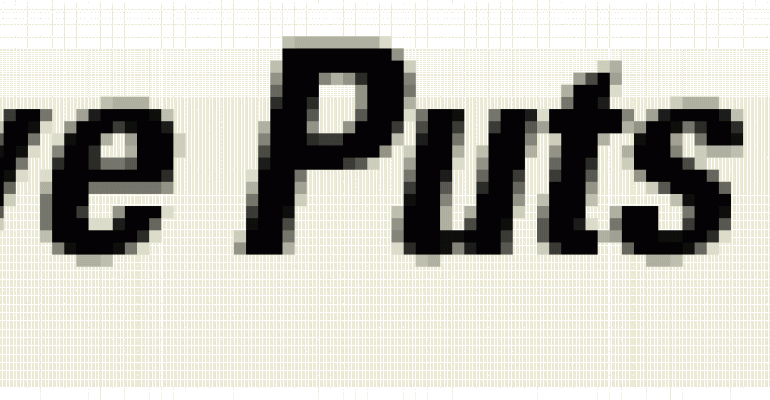| | |||
| The frequently fearsome spring months are upon us and many investors are contemplating what to do. They may worry that they are too heavily invested in equities and, yet, they may be reluctant to sell because of how well stocks have performed in recent years. Is it possible to own stocks without assuming all of the attendant risk? The answer is a resounding, "Yes!" This article discusses protective puts, one of two option strategies that may help investors get the best of both worlds. Just like homeowner’s insurance protects a house, put options can be purchased to protect stocks. A put option, remember, gives its owner the right to sell 100 shares (in most cases) of the underlying stock at a specific price (the "strike price") until the expiration date. An XYZ May 70 Put, for example, gives its owner the right to sell 100 shares of XYZ stock at $70 per share at any time until the third Friday in May. The term protective put refers to the purchase of puts on a share-for-share basis with owned stock. The two positive aspects of protective puts are, first, no matter how far a stock price might fall, the put owner has the right to sell at the strike price of the put. Second, if the stock rises, there is no upside limit on the profit potential. The negative aspects are that protective puts have a cost, and this cost increases the break-even point for the stock. Also, the protection has an expiration date. Graph 1 shows how, with XYZ trading at $72, the purchase of an XYZ 70-strike Put purchased at $3 limits the risk to $5 per share. For simplicity, commissions are not included in this example, but they must be considered in the analysis of a real situation.
Protective puts offer relatively high-cost insurance, but they do not limit profit potential if the stock price rises. Protective puts should be purchased when an investor is bullish on a stock but nervous about "something." That "something" could be an upcoming earnings report or a government announcement. Remember the old saying, "cut your losses short and let your profits run"? Protective puts allow investors to stay in the market with limited risk during times that are perceived to be high-risk. Many investors like the risk-reducing aspect of the protective put, but they are concerned about the cost. The collar is a two-part option strategy that addresses that concern. We will discuss part two in our next Options Corner. | |||
| Options involve risk and are not suitable for all investors. Prior to buying or selling an option, a person must receive a copy of Characteristics and Risks of Standardized Options. Copies of this document are available from your broker or The Options Clearing Corporation, 400 S. LaSalle Street, Chicago, IL 60605. CBOE
| |||
0 comments
Hide comments








